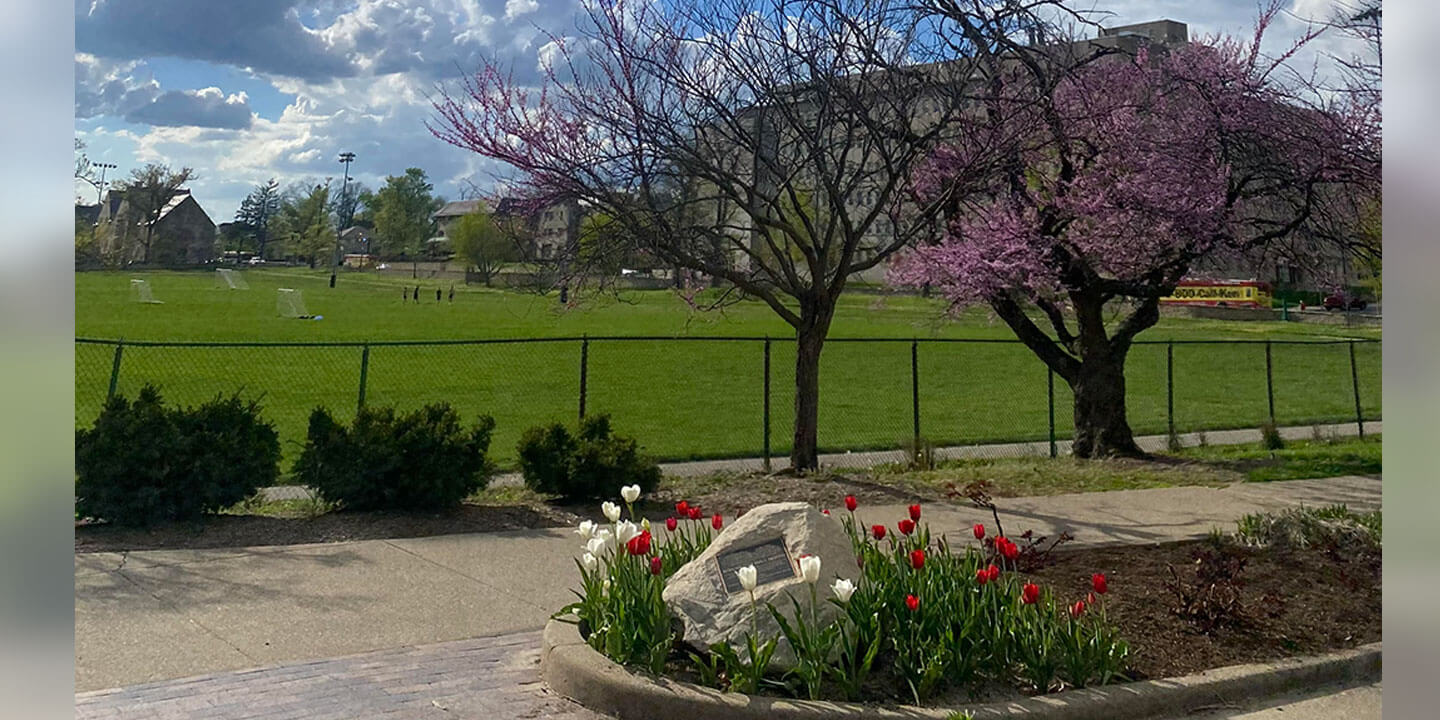
Get Outside on Earth Day and Every Day!
Going to the University of Tennessee, I am constantly reminded of how beautiful my campus is and why it’s called “Rocky Top,” but we all tend to forget the natural beauty of the world. As college students, we are subject to submerging our heads into our laptops to meet deadlines and study for important tests; however, college students agree to set the electronics down and go outside for Earth Day every year. With many opportunities at my disposal, I tend to go outside very often. There are 3 places that have made it to the top of my list, but every day outside reminds me why this act is important.
Ozone Falls in Rockwood, Tennessee
Last year for Earth Day, my roommate & I visited Ozone Falls in Rockwood, Tennessee. This destination has a large waterfall accompanied by a large swimming hole at the bottom. When we arrived, we were expecting a long hike, but to our surprise this gem was easily accessible. The sight itself was breathtaking, but the freezing water of the swimming hole continued that feeling.
Yonah Mountain, Georgia
In the fall, I traveled down to the Georgia area and hiked Yonah Mountain with a friend. The hike itself was taxing, but the view at the top was so rewarding. It reminded me that the hard things don’t come easy, and there are so many hidden gems that people are unaware of because of the demanding work it takes.
Pagosa Springs, Colorado
More recently, I made my way across the country to Pagosa Springs, Colorado. My family & I visited the Wolf Creek Ski Resort which happened to be a hidden snow gem with some of the most snow in the state. We were all able to enjoy awesome powder every day, and I was able to fall without worrying about breaking my arm.
I have not stopped thinking about these three spots since I visited them, and I will probably be a returning customer. I found myself present in the moment without digging into my phone, and I was able to fully enjoy the views in front of me. Most importantly, these areas have influenced me to explore and find similar places.
Our Earth is beautiful, and we forget that way too often as we distract ourselves with electronics. There are many separate places to visit in every state and escape from the stressful world we live in. This is your sign to start going outside every day, not just Earth Day!
Do you have a compelling story or student success tips you’d like to see published on the Pearson Students blog? If you are a college student and interested in writing for us – click here to pitch your idea and get started!







